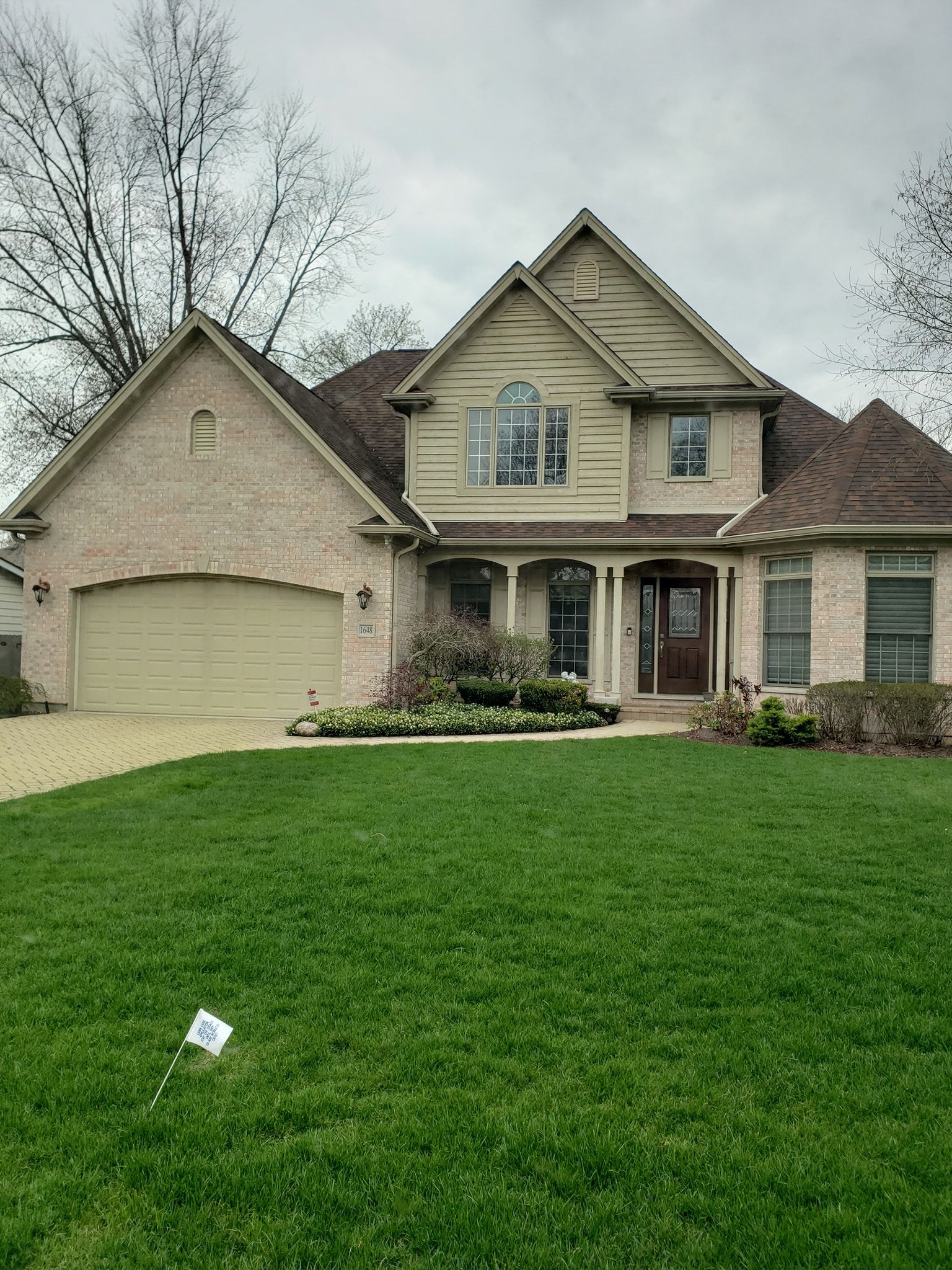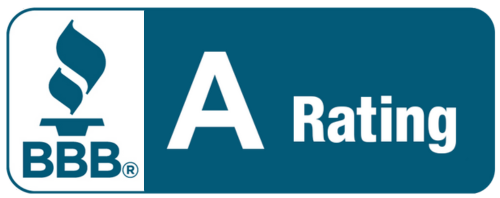Expert Radon Testing Services
Got Radon? Detect and Eliminate Indoor Health Risks
BoomTown Radon Testing, located in Palatine, IL, is a leading radon testing company serving Palatine and all surrounding areas within a 25-mile radius. Founded and operated by Ross Matiya, a seasoned professional with 11 years of experience in the industry, we specialize in providing top-notch residential and commercial radon testing services.
We pride ourselves on our commitment to exceptional customer service, offering personalized 1 on 1 communication with every client. Our dedicated team ensures that your concerns are heard and addressed promptly, guaranteeing a smooth and stress-free testing experience.
With BoomTown Radon Testing, accessing properties for testing is a breeze. We understand the importance of convenience and efficiency, working closely with homeowners, real estate agents, and property managers to ensure seamless access during the testing process.
When you choose our services, you can trust in our expertise and qualifications. Ross Matiya is experienced and certified in radon testing, bringing a wealth of knowledge to each project. Our meticulous approach ensures accurate testing and thorough interpretation of results, providing you with comprehensive insights and recommendations.
Reliability and punctuality are our hallmarks. We understand the value of your time, and our team is dedicated to being reliable and on-time for every appointment. You can count on us to deliver accurate results within the agreed-upon timeframe.
Choose BoomTown Radon Testing for exceptional service, experienced professionals, and a commitment to your safety and peace of mind.
BoomTown Radon Testing in Palatine, Illinois
BoomTown Radon Testing, a leading provider based in Palatine, Illinois, offers critical services in radon testing. With Ross Matiya, the dedicated owner-operator, and an experienced team, we've built our reputation over 11 years. Offering seamless, reliable, and meticulous services, we prioritize client communication, utilizing high-tech devices to ensure accurate, affordable, and comprehensive solutions.
-
RADON TESTING
Learn MoreRadon testing is a service we proudly provide, prioritizing health and safety. This process involves assessing levels of radon, a radioactive gas that can be detrimental to health if it accumulates. By conducting accurate testing, we contribute to a safer environment. The expertise of our skilled technicians ensures meticulous, reliable results. We believe in rendering a service of utmost precision.
-
RESIDENTIAL RADON TESTING
Learn MoreResidential radon testing is a specialized service we deliver. For homeowners, this testing is essential, as radon is often found in homes. Our adept team carries out an exhaustive examination, ensuring your living space is secure. We put a strong emphasis on efficiency, precision, and respect for your private space, delivering comprehensive results that contribute to your home's safety.
-
COMMERCIAL RADON TESTING
Learn MoreCommercial radon testing is a valuable service that we offer, targeted toward businesses. Given the time people spend in commercial spaces, safety against radon exposure is vital. Our experienced professionals meticulously test workplaces, from small offices to extensive commercial properties. Through our thorough and consistent procedures, we ensure that your work environment remains a safe haven from radon threats.
Why Hire BoomTown Radon Testing?
We, at BoomTown Radon Testing in Palatine, Illinois, are committed to making your spaces safer through our residential and commercial radon testing services. We stand ready, round the clock, to render our expertise, developed over 11 years, in detecting and addressing radon-related concerns. Your safety and satisfaction continue to fuel our dedication toward excellence in this crucial field. Call us for an estimate today!
Communication
I prioritize 1 on 1 communication with every client, ensuring that their concerns and questions are addressed promptly and effectively. By offering a personalized approach, I establish a strong rapport and build trust, ultimately delivering a superior customer experience.
Experienced & Certified
With extensive experience and certifications in radon testing, I bring a wealth of knowledge and expertise to every project. Clients can rely on my proficiency in conducting accurate tests and interpreting results, providing them with comprehensive insights and recommendations to mitigate any radon-related risks.
Seamless Property Access
Our commitment to providing ease of access sets us apart. Whether it's coordinating with homeowners, real estate agents, or property managers, I streamline the process to ensure smooth and hassle-free radon testing. With clear communication and efficient scheduling, we make accessing properties a breeze.
Reliable & On-Time
Reliability and timeliness are the cornerstones of my business. Clients trust BoomTown Radon Testing to arrive promptly at scheduled appointments, consistently meeting deadlines and delivering accurate results in a timely manner. My commitment to being reliable and on-time instills confidence and peace of mind in our clients, making us their trusted partner in radon testing.
THE BENEFITS OF CHOOSING US
Radon License
Real Estate License
Service Areas
- Palatine, IL
- Arlington Heights, IL
- Barrington, IL
- Hoffman Estates, IL
- Elk Grove Village, IL
- Schaumburg, IL
- Prospect Heights, IL
- Rolling Meadows, IL
- Buffalo Grove, IL
- Bloomingdale, IL
- Addison, IL
- Mt. Prospect, IL
- Park Ridge, IL
- Wheeling, IL
- Northbrook, IL
- Lake Zurich, IL










